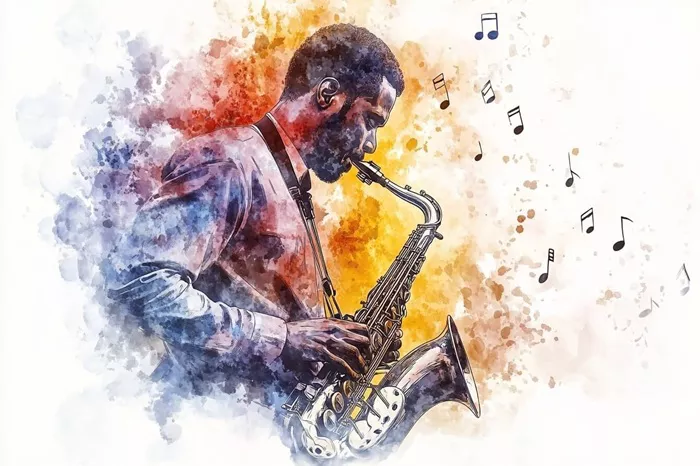Welcome to Poem of the Day – Dream Boogie by Langston Hughes
Langston Hughes is one of the most influential poets of the Harlem Renaissance, and his poem “Dream Boogie” is a powerful reflection on the tension between dreams and reality. Written in 1926, this poem blends jazz music, rhythmic language, and vivid imagery to convey its meaning. The poem speaks about the complexities of dreams and the difficulties African Americans face in achieving their dreams in a society that often seems indifferent or even hostile.
Dream Boogie Explanation
Overview of the Poem
“Dream Boogie” is short and energetic. It presents a scenario where a group of people is “boogie-ing” or dancing to the rhythm of a dream. But, there’s a catch. The dream is not the joyful, hopeful dream many would expect. Instead, it represents the struggle and frustration of African Americans trying to achieve their aspirations in a world filled with systemic barriers.
The poem’s title, “Dream Boogie,” hints at the carefree joy of the “boogie-woogie” style of jazz music, but the content of the poem is much more serious. The phrase “dream boogie” can be interpreted as the way people dance or move around their dreams, perhaps without fully achieving them.
Analyzing the Poem’s Structure
The poem’s structure is an essential part of its meaning. Hughes uses a musical, almost jazzy rhythm, mimicking the sound of jazz music, which was a significant cultural influence at the time. The use of repetition, particularly the phrase “the dream, the dream,” draws attention to the central theme of the poem—the dream itself, which remains elusive and unattainable for many African Americans in the context of racism and inequality.
There’s also a sense of playfulness in the poem’s rhythm, but it contrasts with the seriousness of the underlying message. The “boogie” of the title seems to lighten the tone, but the poem reminds us that the dream is far from being fulfilled. The repeated use of “boogie” creates a sense of a cycle—almost as if the characters are caught in an endless loop of striving without progress.
Themes in “Dream Boogie”
The Dream and Disillusionment: Hughes often wrote about dreams—both as a vision of hope and as a symbol of the struggle for equality. In “Dream Boogie,” the dream seems to be a source of both joy and frustration. The characters in the poem seem to be dancing to the dream but are stuck in a pattern of movement without forward progress. This could symbolize the challenges African Americans faced during the early 20th century, particularly the systemic racism that limited their opportunities for success.
The Influence of Jazz: The rhythm of the poem mirrors the jazzy sounds of the time. Hughes, who was deeply influenced by jazz, uses this musical influence to set the tone. The rhythm gives the poem an energetic feel, but there is an underlying sense of tension. The music of jazz, often seen as a form of resistance and expression for African Americans, becomes a metaphor for the way people are trying to express their dreams, but those dreams remain unfulfilled in a society that seems unresponsive.
Racism and Struggle: The poem’s message also touches on the racial inequality of the time. While the “boogie” suggests a carefree dance, the dream remains out of reach for many African Americans. This highlights the gap between the ideal of freedom and success and the reality of societal constraints.
Conclusion
“Dream Boogie” is a multi-layered poem that uses rhythm, repetition, and jazz influences to explore the complex relationship between dreams and reality. Langston Hughes, through this short but powerful work, captures the struggles of African Americans in the early 20th century. While the dream is something people yearn for, the poem suggests that it is difficult to grasp, and the pursuit of it may sometimes feel like a repetitive dance. Through this piece, Hughes invites readers to reflect on the challenges of achieving dreams in a world filled with inequality and hardship.
By combining art, rhythm, and deep social commentary, Hughes reminds us that the struggle to realize dreams is not just personal but tied to larger societal forces. “Dream Boogie” is an example of Hughes’ genius in using poetic forms to communicate the complexities of life, identity, and racial experience.

